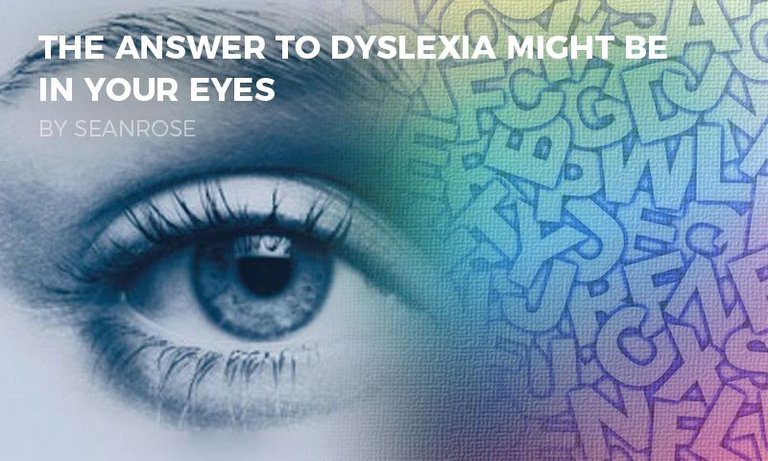
Scientists have discovered that dyslexics have an unusual pattern of cells in their eyes that makes letters difficult to read.
Previous studies of dyslexia have mainly focused on the brain but researchers have recently discovered that sufferers have an unusual pattern of light-detecting cells.
Non-dyslexics have a circular arrangement of these cells, called cones, in one eye, which becomes dominant, and an oval pattern in the other, which creates a slightly less good image. During vision, the brain ‘pieces together’ the two images but grants priority to the dominant eye.
In dyslexics, both eyes have a circular pattern of cones, which means each eye battles for dominance, causing confusion in the brain as it needs to successively rely on the two slightly different versions of a given visual scene, moreover often inducing poor and unstable fixation. This can lead to some letters such as ‘b’ and ‘d’ becoming confused. In the complex task of visually making sense of the world, the brain generates mirror images of what we see, as well as those the right way round.
It is not clear why this different pattern occurs in dyslexics.

Hi! I am a robot. I just upvoted you! I found similar content that readers might be interested in:
https://www.iol.co.za/lifestyle/health/answer-to-dyslexia-might-be-in-your-eyes-11624802